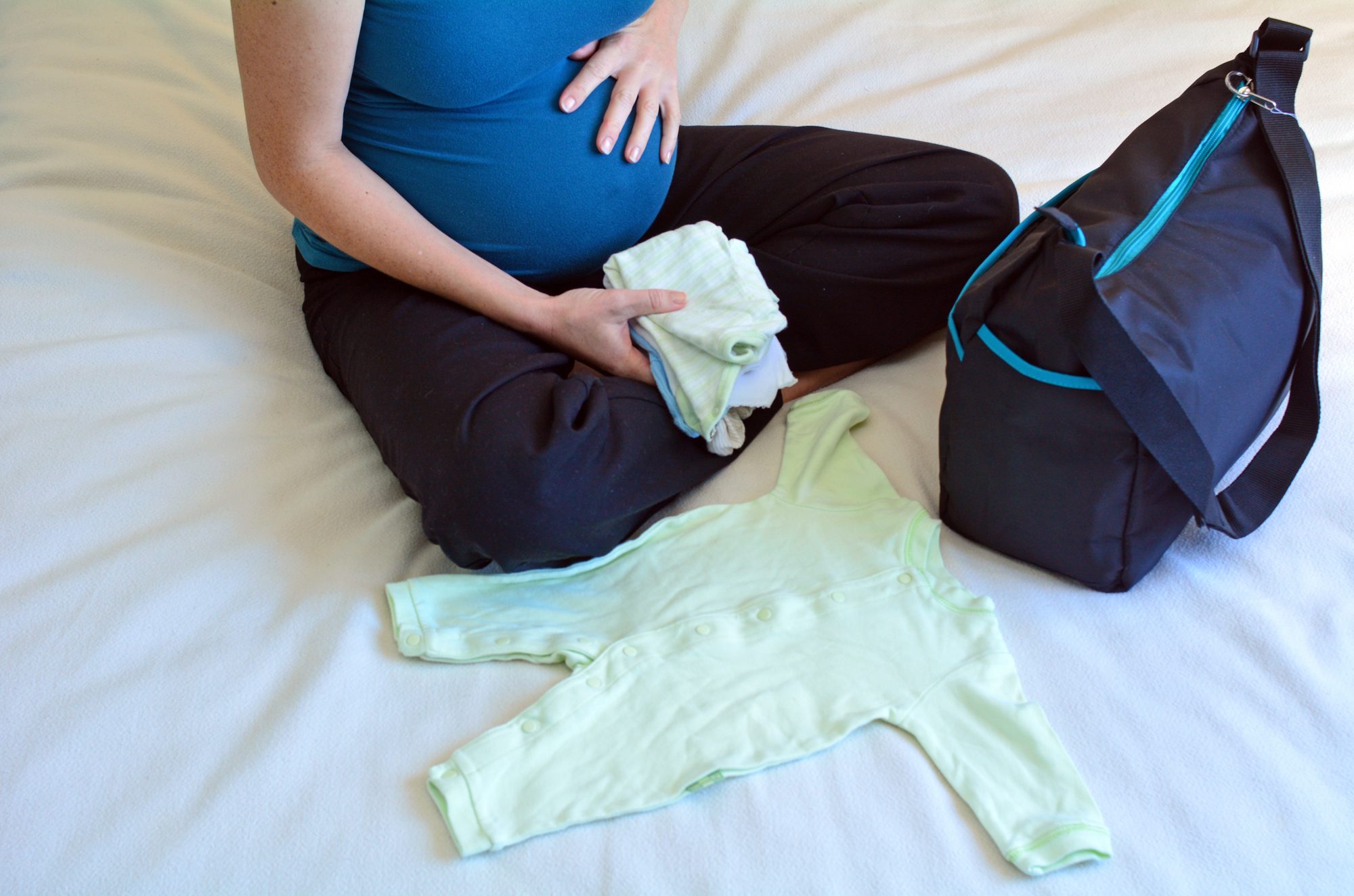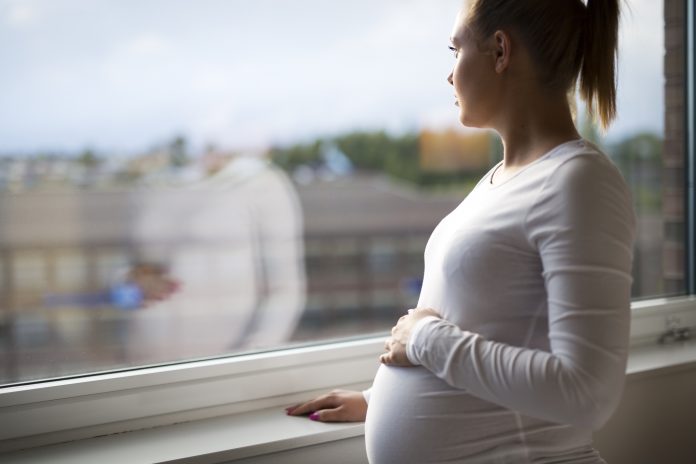Karen L. Weis, a professor at the University of Kansas School of Nursing, discusses pregnancy-specific anxiety
Pregnancy-specific anxiety is the strongest predictor of poor birth outcomes (Liou et al., 2016; Premji, 2014). O’Donnell et al. (2014) found that independent of a range of social determinants of health (age, education, crowding, socioeconomic status, discrimination), pregnancy anxiety predicted higher scores for measures of child emotional and behavioural problems (O’Donnell et al., 2014). In repeated studies, pregnancy anxiety for the well-being of self and baby, fear of pain, helplessness and maternal identity were associated with both preterm birth and low birth weight infants after controlling for gestational age at birth, smoking history, and parity (Lederman & Weis, 2009; Weis et al., 2020).
Stress, anxiety, and depression have been studied in both animal and human pregnancy, and the evidence is convincing that a mother’s psychological state has an impact on birth outcomes and the child’s neurodevelopment outcomes (Ding et al., 2014; O’Donnell et al., 2014; Herba et al., 2016; Kinsella & Monk, 2009). Researchers have shown that high values for anxiety, (measured as perceived stress), increased the risk of small for gestational age infants (Khashan et al., 2014), and preterm birth (Liou et al., 2016).
What is pregnancy-specific anxiety?
Pregnancy-specific anxiety includes concerns related to discomforts, body changes, motivation and preparation for parenting, labour and the birth experience, and safety of oneself and the baby. Anxiety associated with a reduced sense of safety extends to fears regarding the birth experience. Fear of childbirth is a concern, as it correlates to longer durations of labour and an increased risk of delivery by caesarean section (Lederman & Weis, 2020; Matinnia et al., 2015; Waldenström et al., 2006).
Fears of childbirth tend to be greater for first-time mothers (Weis et al., 2017; Nieminen et al., 2009), although multiparous mothers may have intense fear associated with memories of previous childbirth experiences (Lederman & Weis, 2020; Nieminen et al., 2009). Admittedly, the anxiety of those experiencing pregnancy for the first time differs from those with pregnancy and childbirth memories. However, while different, it is no less an issue. For those having experienced motherhood, there may be anxiety over expanding their identification with their role and anticipated life changes (Lederman & Weis, 2020). There is a greater tendency toward unwanted or unintended pregnancies in women with higher parity (Goiclea & San Sebastian, 2010; Takahashi et al., 2012; Postlethwaite et al., 2010), which increases the likelihood of anxiety and depression (Kharaghani et. al., 2018).

Pregnancy-specific anxiety is not static but fluid, as patterns of adaptation are complicated (Sameroff, 2002). Some investigators report higher pregnancy anxiety in the first and third trimesters (Da Costa et al., 2000; Figueiredo & Conde, 2011). Our research reflects growing anxiety throughout pregnancy for those fearful of birth, distrustful of healthcare professionals or having limited support (Lederman & Weis, 2020). For those struggling with role identification, the anxiety remains constant, with little variation, without intervention. Whereas anxiety related to pregnancy acceptance is generally the highest in the first trimester, ebbing as the pregnancy progresses unless the pregnancy is unwanted. Pregnancy-specific anxiety encompasses a broad range of constructs, of which some may overlap with state anxiety. It reinforces the need for appropriate assessment and ongoing awareness of enduring anxiety that could potentiate physiologic changes in both mother and infant.
Assessment and intervention of anxiety in patients
Discerning differences in the measurement of anxiety is particularly important for generalizing the findings, but it is also paramount to the development and assessment of effective interventions. Admittedly, measures differ in their sensitivity to change, and the question should be asked as to whether the instrument can detect the clinically meaningful change, or measure clinically relevant aspects of anxiety. Hence the importance of the science that delineates constructs of pregnancy-specific anxiety associated with poor maternal and infant outcomes. Moreover, as the science of precision health is advanced, it must include pregnancy. Pregnancy creates a transition within one’s life regardless of whether it is a first pregnancy or one of many pregnancies and birth experiences. It inevitably produces anxiety, unique to pregnancy, which must be evaluated, and appropriate interventions applied accordingly.
To this end, interventions require theoretical frameworks aligned to the problem. Consideration must be given to the usefulness and applicability of the intervention as well as assessment tools. Patients and/or populations may differ in ways that demand modification of an intervention. Additionally, there is a need for time-sensitive interventions. Beginning in the first trimester, information is actively sought about the pregnancy experience (Deutsch et. al., 1988). Information-seeking, whether it occurs through interactions with family and friends or by reading books or online posts or by watching videos, continues throughout pregnancy and into the postpartum period, with the occurrence peaking at the points of time in which the information is needed (Deutsch et al., 1988; Newhouse & Blandford, 2016).
This reinforces the need for well-designed, supportive interventions throughout pregnancy, particularly in an era in which a plethora of information exists related to pregnancy, birth, and infant care, but with little emphasis on quality control (Hughson et al., 2018). While there is an assumption that patients prefer the internet over the information
provided by health professionals, evidence suggests that the majority prefer discussing issues with their healthcare provider (Grimes et al., 2014), and only turn to the internet when they feel the information provided is inadequate (Lagan et al., 2010). Certainly, poor quality or mistimed information and support increases pregnancy anxiety.
Revaluation of how we approach pregnancy
Pregnancy-specific anxiety is complex and distinct from general anxiety, although both influence one another (Huizink et al., 2014). This complicates assessment and intervention, particularly when a ‘one size fits all approach is applied. Instead, individual variability must be considered. Additionally, how we approach pregnancy, both socially and medically requires an appraisal. Pregnancy is not an illness, but it certainly creates vulnerability. Identifying and providing support throughout pregnancy is critical. Pregnancy requires time to assess beliefs and expectations with support from family, friends, and healthcare professionals who assist in normalising experiences and expectations (Staneva et al., 2016). This approach is key in helping the individual shift from a self-focused state which promotes increased apprehension regarding pregnancy and childbirth, to one recognising that some anxiety in pregnancy is normal.
Please note: This is a commercial profile
© 2019. This work is licensed under CC-BY-NC-ND.











